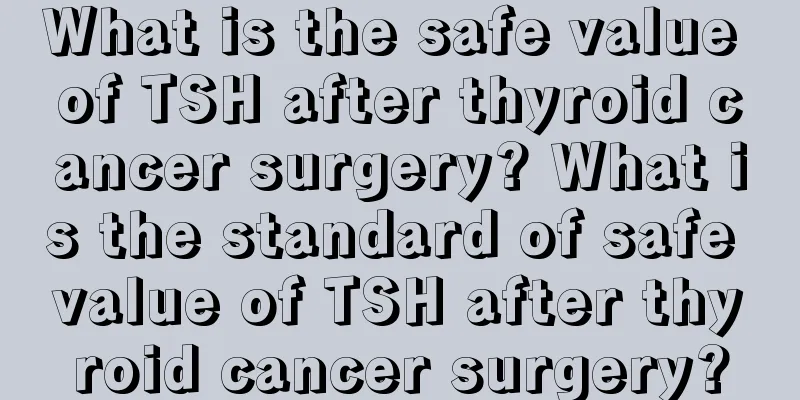The most authentic and detailed sharing of medication for osteosarcoma

|
Existing research and clinical practice have confirmed that regular chemotherapy has become an indispensable part of osteosarcoma treatment. With the continuous deepening of the clinical application of various chemotherapy regimens and related basic theoretical research, it has been found that many factors affect the chemotherapy efficacy of osteosarcoma, such as the choice of chemotherapy drugs, route of administration, dose intensity, the malignancy of tumor cells and their multidrug resistance. So is there any real and detailed sharing of osteosarcoma medication? At present, most scholars believe that methotrexate (MTX), cisplatin, doxorubicin (ADM) and ifosfamide (IFO) are the most commonly used drugs in osteosarcoma chemotherapy. The dose intensity (DI) of a drug refers to the dose of the drug given per unit time during the course of treatment, regardless of the route of administration and the medication regimen. It is usually expressed in "mg/(m2·w)". DI is crucial to the efficacy of chemotherapy. The following discusses these drugs separately: Methotrexate (MTX) Methotrexate (MTX) is a cell cycle specific drug that mainly acts in the S phase and affects the synthesis of DNA and RNA by competing with folic acid for binding to reductase. Since Jaffe et al. used high-dose MTX (HDMTX) to treat osteosarcoma in 1972, MTX has been the most commonly used and effective drug in osteosarcoma chemotherapy. There has been controversy about the relationship between methotrexate dose and efficacy. In the past, it was generally believed that its efficacy was closely related to dose, and high doses were better than medium doses. The peak serum concentration for the best efficacy was considered to be 1000 mol/L; when the serum peak concentration was greater than 1000 mol/L, the tumor tissue necrosis rate increased, and of course the toxicity also increased. However, many current research results show that there is no obvious correlation between the peak serum concentration of methotrexate and the tumor necrosis rate. Increasing the dose of methotrexate can increase its serum peak concentration value, but it cannot increase the tumor necrosis rate. Therefore, the recommended dose of methotrexate is now 8g/m2. Adriamycin (ADM) Adriamycin (ADM) is a cytotoxic antitumor antibiotic that has a relieving effect on a variety of sarcomas. It is a non-specific drug for the cell cycle, least sensitive to the G1 and S phases, and most sensitive to the early S and M phases. It can insert into the DNA double helix, prevent the separation of the double strands, and affect DNA replication and RNA synthesis. It is generally recommended to administer the drug intermittently, 40-60 mg/m2, once every 3 weeks. The current regimen recommends a dose of 60 mg/m2 for adriamycin. |
<<: What are the examination methods for pituitary tumors
>>: Why does thyroid cancer not affect life expectancy
Recommend
What to do if your hair becomes deformed while sleeping
For young people, hairstyle is very important. So...
The efficacy and function of ox bile
Ox bile is the gallbladder part of the animal cow...
What should I do if I catch a cold during radiotherapy
Radiotherapy and chemotherapy are ways to treat d...
What can I eat to relieve the condition of nasopharyngeal carcinoma in the late stage
Nasopharyngeal cancer brings great pain and distr...
Can cervical spondylosis cause dizziness?
Cervical spondylosis is a common cervical spondyl...
How to compensate if foreign objects are found in beer
Beer is a type of alcohol that is deeply loved by...
Causes of brain cancer in children
The common cause of brain cancer in children is t...
Which drugs treat liver cancer?
In the past, the treatment of liver cancer was ma...
Which one has higher fat, egg yolk or egg white
Many people have eaten eggs, which have very high...
What should I do if I have a headache caused by wind-heat cold?
Wind-heat cold not only causes headaches, but als...
Gas water heater failure and repair methods
If you want to know what gas water heater failure...
Purple pimples on face
The pimples on the face are of different colors a...
The damage of sea water to hair
Going to the beach to swim and go on vacation is ...
What's the matter with allergic redness at the corners of the mouth
Generally speaking, when any discomfort appears o...
Will a woman die if she has teratoma?
Will a woman die if she has a teratoma? Teratomas...









